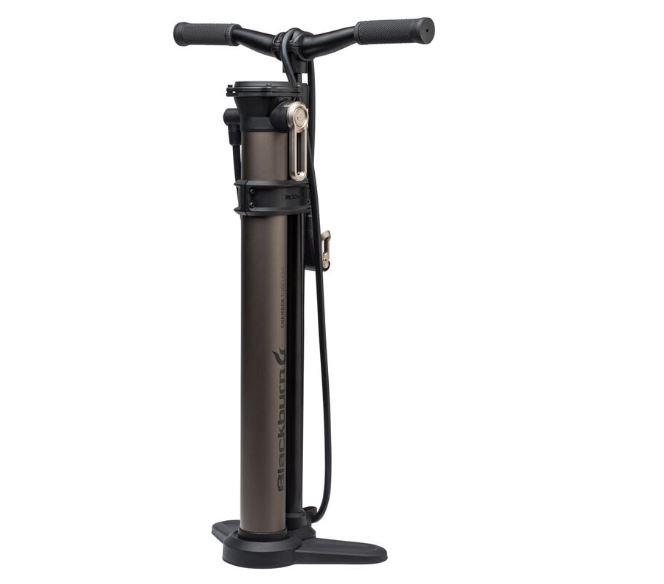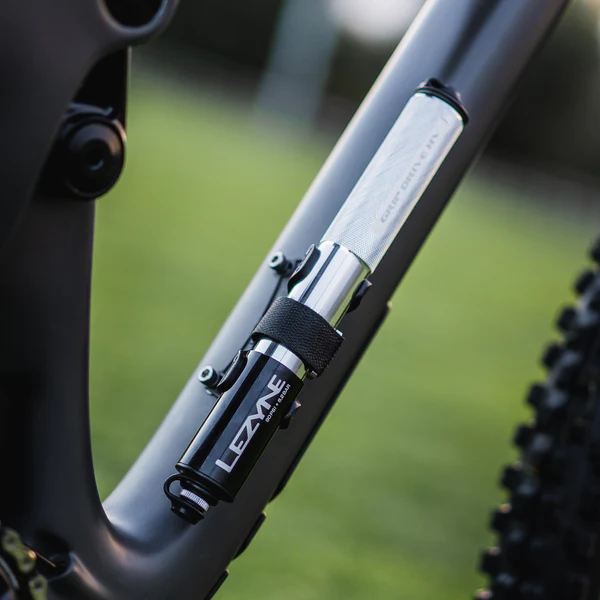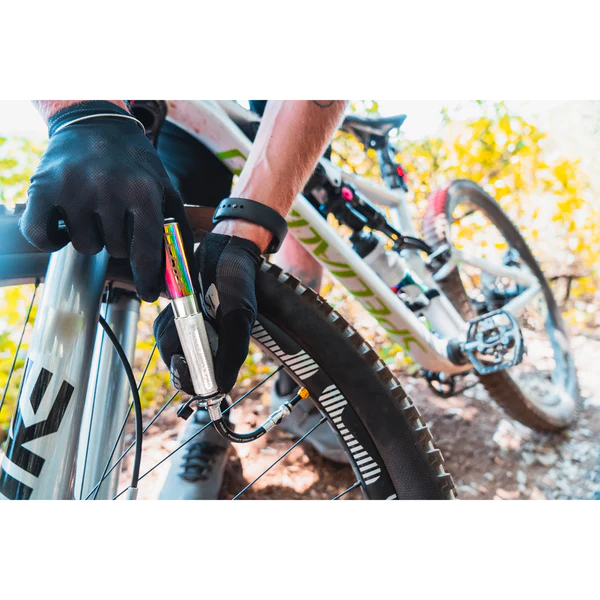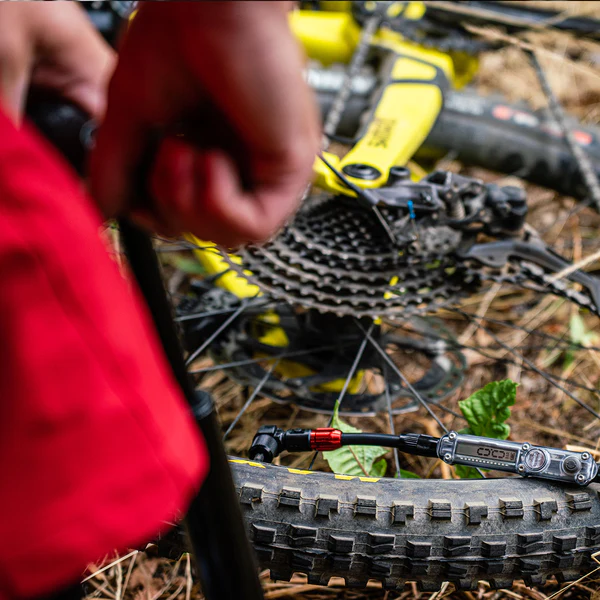How to Choose the Right Bike Pump: A Cyclist’s Guide
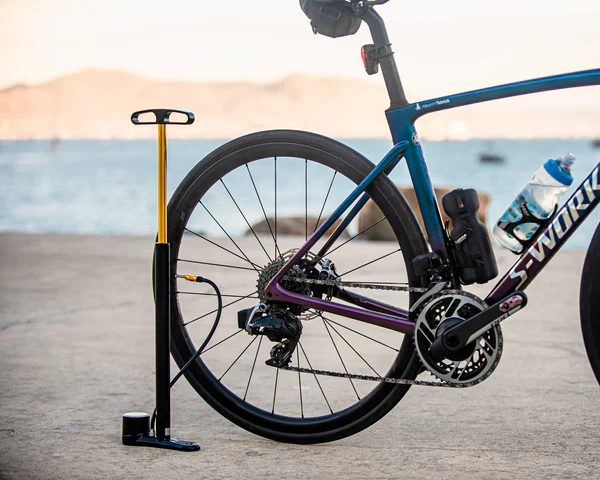
Key Point Summary of How to Choose the Right Bike Pump:
- Understand the Different Types of Bike Pumps: Floor pumps, mini-pumps, and CO2 inflators each serve unique purposes.
- Valve Compatibility Matters: Ensure the pump matches your bike’s valve type (Presta, Schrader, or Dunlop).
- Consider the Pumping Efficiency: High volume for mountain bikes, and high pressure for road bikes.
- Portability for Riders on the Go: Mini pumps and CO2 inflators are essential for mid-ride emergencies.
- Durability and Accuracy Are Keys: Reliable materials and accurate pressure gauges ensure longevity and optimal tire inflation.
Choosing the right bike pump is akin to selecting a trusty companion for your cycling adventures. Whether it’s prepping for a race, a leisurely ride through the countryside, or tackling challenging mountain trails, having the right pump can make all the difference.
Through my years of cycling across various disciplines—mountain biking, gravel grinding, and cyclocross—I’ve learned that not all bike pumps are created equal. This guide is designed to help beginner to mid-level cyclists navigate the nuances of choosing a bike pump, ensuring you’re equipped for every ride.

Types of Bike Pumps
Floor Pumps: The backbone of any cyclist’s gear, floor pumps are ideal for home use with their high-volume capacity, making tire inflation quick and effortless. Most come with pressure gauges for precise inflation, essential for achieving optimal ride quality and tire performance.
Mini-Pumps: Compact and designed for emergency use on the road or trail, mini-pumps can be a ride-saver. While they require more effort to reach the desired pressure, their portability makes them an indispensable part of your riding kit.
CO2 Inflators: For racers or riders who prioritize speed and efficiency, CO2 inflators offer the quickest way to inflate a flat tire during rides. They use compressed carbon dioxide cartridges but require a bit of practice to use effectively and are a single-use solution.
Valve Compatibility
The valve type on your bike’s tires—Presta, Schrader, or Dunlop—dictates the kind of pump you’ll need. Most pumps are compatible with Presta and Schrader valves, either through a reversible mechanism or interchangeable heads. Double-check this feature to avoid compatibility issues.
Pumping Efficiency
Choosing between high volume and high pressure depends on your bike type. Mountain bikes with larger tires benefit from high-volume pumps, allowing quick inflation with less effort. Road bikes, with their high-pressure tires, necessitate high-pressure pumps to achieve the tight inflation required for optimal performance.

Portability
For those long rides away from home, consider the portability of your pump. Mini-pumps can easily attach to your bike frame or fit in a jersey pocket, offering peace of mind without weighing you down. CO2 inflators take up even less space, though you’ll need to carry spare cartridges for multiple uses.
Durability and Accuracy
Investing in a pump made from quality materials can save money and frustration in the long run. Metal pumps tend to outlast their plastic counterparts and provide a more stable base for floor models. An accurate pressure gauge is crucial for dialing in the perfect tire pressure, enhancing tire life and ride quality.
Final Thoughts
The journey to finding the perfect bike pump is as unique as your cycling adventures. Whether you’re preparing for a day on the trails, the road, or the racecourse, understanding the types of pumps available, their compatibility with your bike, and the specific features that meet your cycling needs can guide your decision.
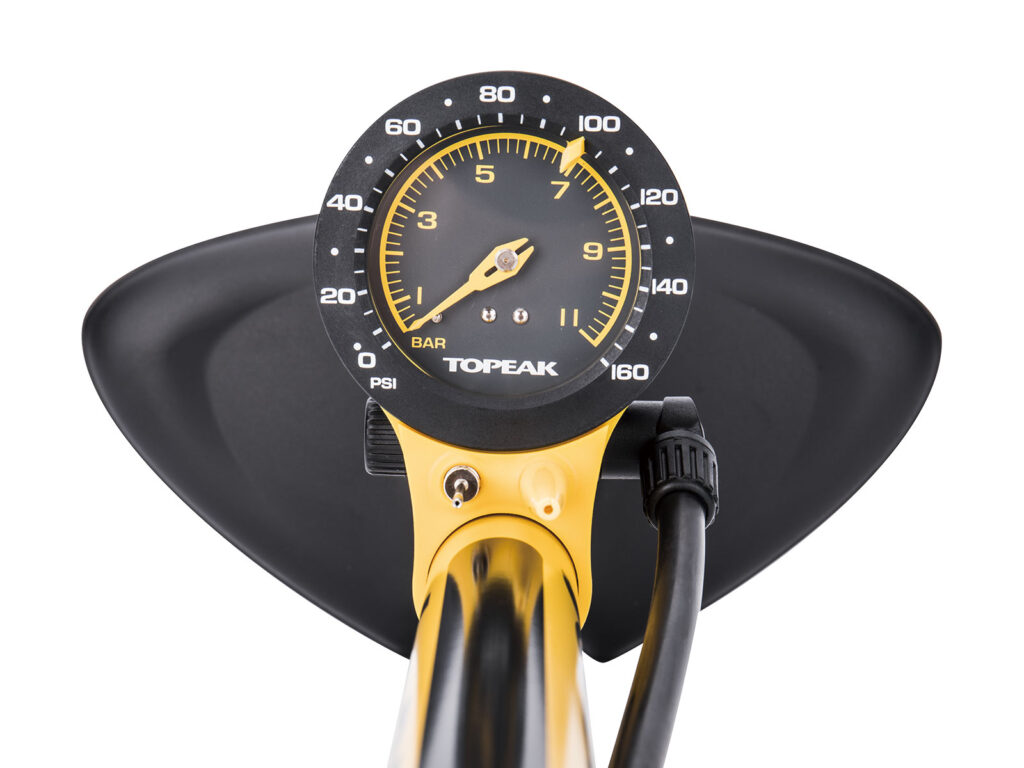
A good bike pump not only adds to your cycling toolkit but also enhances your overall riding experience, ensuring you spend more time pedaling and less time sidelined by tire issues. Choose wisely, and let your pump be a reliable partner in all your cycling endeavors.
Summing up the insights from the guide on choosing the right bike pump, the Topeak Joe Blow Sport III emerges as a top recommendation for cyclists seeking a versatile, reliable, and efficient bike pump. This pump combines the essential features needed for both home and on-the-go use, making it an outstanding choice for beginner to mid-level cyclists across various disciplines.
Why the Topeak Joe Blow Sport III Stands Out:
- Versatility: Compatible with both Presta and Schrader valves without needing to swap parts, catering to a wide range of bicycles.
- Efficiency: Offers a mix of high volume and high pressure, suitable for inflating mountain bike, road bike, and gravel bike tires with ease.
- Durability: Constructed with quality materials, including a steel base and barrel, ensuring longevity and stability during use.
- Accuracy: Equipped with a large, easy-to-read gauge that helps you precisely inflate to the desired pressure, maximizing tire performance and durability.
- Additional Features: Comes with accessories like ball and bladder heads, making it a versatile tool for all your inflation needs beyond just cycling.
Considering its robust build, ease of use, and ability to accurately and efficiently inflate tires, the Topeak Joe Blow Sport III represents an excellent investment for cyclists looking for a reliable bike pump to support their riding adventures. Whether you’re prepping for a race, heading out for a leisurely ride, or tackling challenging terrains, this pump is designed to ensure you’re always ready to roll with properly inflated tires.
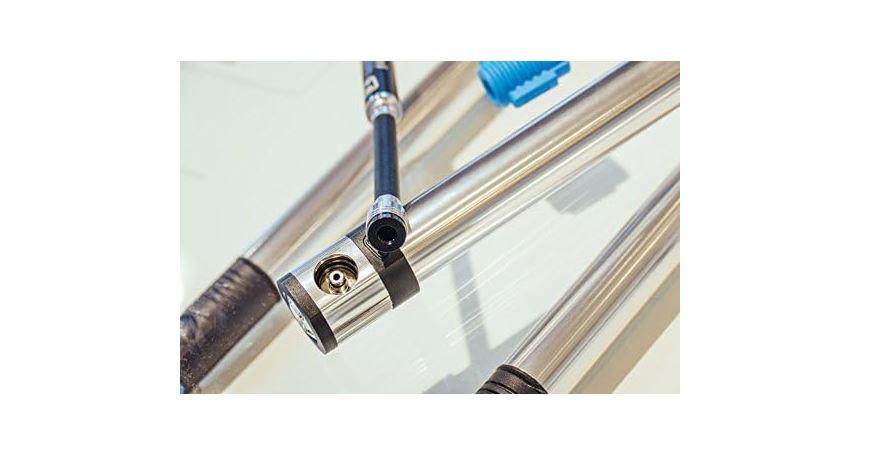
FAQ
What kind of pump do I need for a bike?
You’ll need a pump compatible with your bike’s tire valves (Presta, Schrader, or Dunlop). For home use, a floor pump with a gauge is ideal for easy and accurate inflation. For rides, a mini-pump or CO2 inflator is practical for emergencies.
Does it matter what bike pump you get?
Yes, it matters. The pump must match your valve type and meet your needs for portability, volume (for MTB tires) or pressure (for road tires), and durability. An accurate gauge is also important for maintaining optimal tire pressure.
How many psi should I pump my bike?
The ideal psi depends on your tire type and riding conditions. Road tires typically require 80-130 psi, mountain bike tires 25-50 psi, and hybrid tires 40-70 psi. Always check your tire sidewalls for the manufacturer’s recommended pressure range.
Do I need an expensive bike pump?
Not necessarily. While more expensive pumps often offer better durability, accuracy, and ease of use, many affordable options provide adequate performance for regular maintenance. Prioritize a pump that meets your specific needs within your budget.
